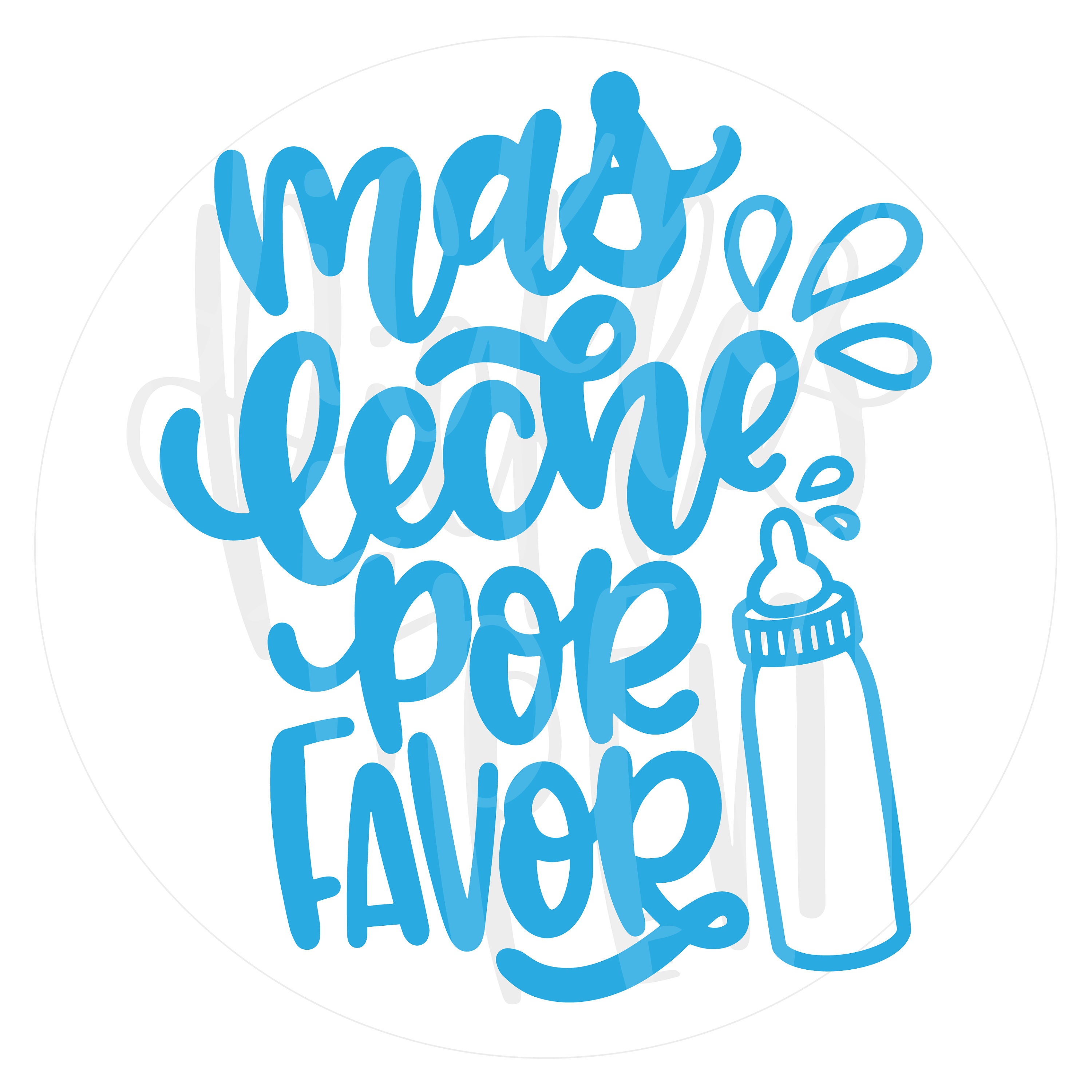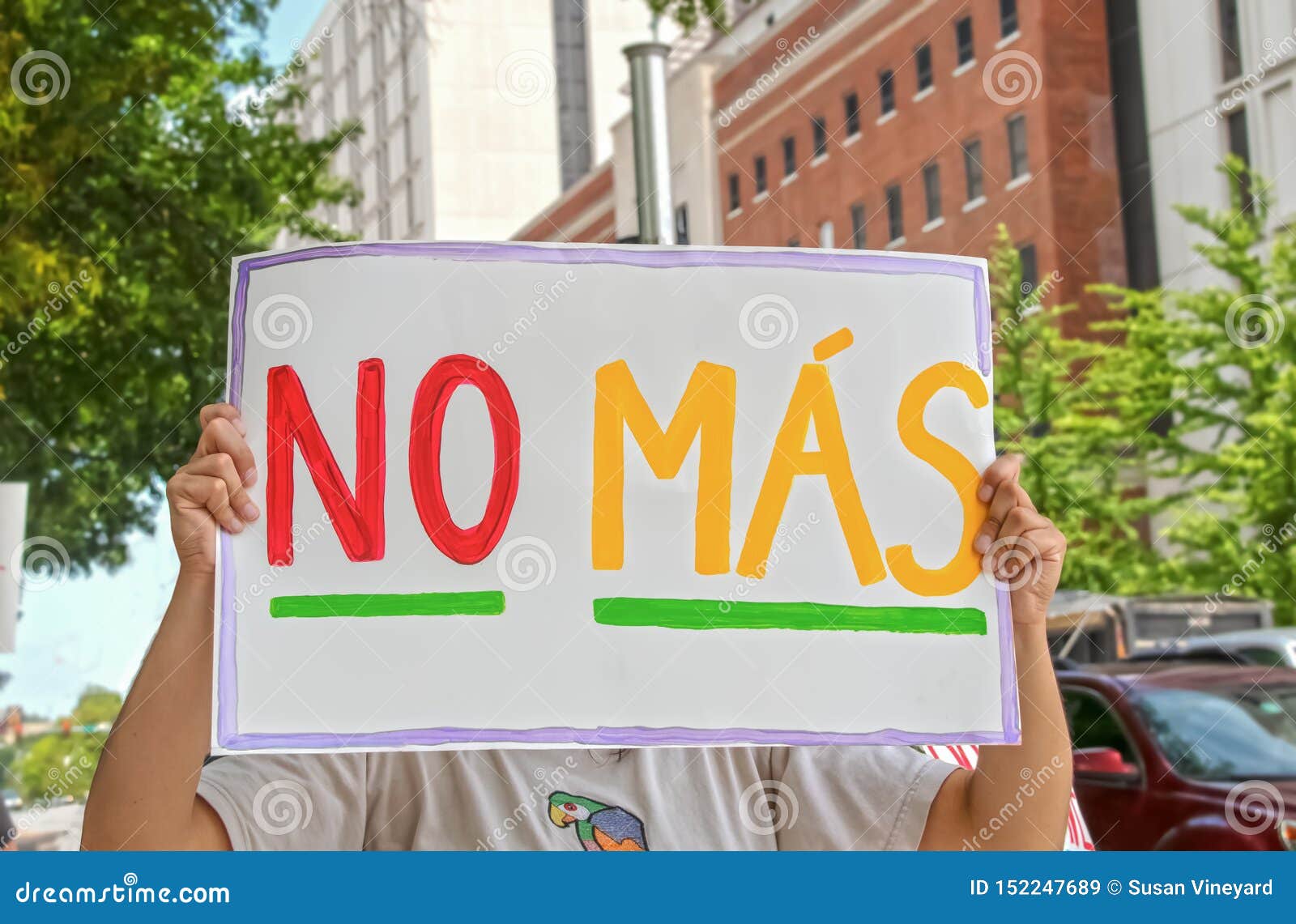
MAS IN SPANISH MOVIE
The speaker’s tone of voice will help to intensify the sentence.Įsa película me gusta muchísimo I like that movie very much For these instances, we use muchísimo or simply mucho. As a result, we don’t say muy mucho (very much). Unlike English, in Spanish, ‘muy’ and ‘mucho’ never work together. Mucha gente sale a caminar en las mañanas You can also use ‘mucho’ at the beginning of the sentence, this is the phrase structure you need to follow: Last night, I spent a lot of time studying for my test Here is the phrase structure you need to use:Īyer en la noche, pasé mucho tiempo estudiando para mi examen Depending on the context, it can be translated as ‘much’, ‘many’ or ‘a lot of’. In this case, this Spanish word will be working with a noun which means that, in this situation, it will have plural and feminine forms. ‘Mucho’ can also work as an adjective when expressing quantities and amounts. Lidia and Raul traveled a lot when they were young Lidia y Raúl viajaban mucho cuando eran jóvenes Here is the phrase structure as well as some examples: As an adverb, ‘mucho’ is translated as ‘a lot’ or ‘much’. As a result, in this case, it doesn’t have a plural or feminine form. When emphasizing the actions mentioned by a verb, ‘mucho’ is an adverb of quantity. Here are some characteristics that you need to keep in mind. In Spanish, ‘mucho’ is used to talk about quantities or amounts and it’ only works with nouns and verbs. When to Use ‘Mucho’ in Spanish – Many, A lot

This means that ‘muy’ expresses how much or what degree of a quality or characteristic a person or an object has. Take Note: In Spanish, ‘muy’ is an adverb of quantity. You speak Spanish very well! Where did you learn it? ¡Hablas español muy bien! ❽ónde lo aprendiste? You look very bad! Do you want to see a doctor? In this case, this is the phrase structure that you need to use. In other words, ‘muy’ will intensify how an action is being made. Emphasizing how are actions are doneĪs mentioned before, ‘muy’ can also emphasize the qualities or characteristics presented by an adverb. In this case, the adjectives placed after ‘muy’ change accordingly to the noun in the sentence.

Take Note: In Spanish, the number and the gender of a word are very important. Gilberto and Juan aren’t going to Spain because the tickets are very expensive Gilberto y Juan no van a ir España porque los boletos están muy caros Here is the phrase structure as well as some examples. In this situation, muy precedes an adjective. One of the main uses of ‘muy’ is to intensify an object’s or a person’s characteristics or qualities. Emphasizing object’s or people’s characteristics Let’s see the context where you can use it. Additionally, ‘muy’ only works before an adjective or another adverb. As an adverb, this Spanish word doesn’t have a plural or a feminine form. Just as ‘very’, ‘muy’ is an adverb whose purpose is to intensify object’s and people’s qualities or characteristics. In Spanish, muy is the direct translation of ‘very’.

Now that you have a quick overview of the differences between these words, let’s see the phrase structures and contexts where you can apply ‘muy’ and ‘mucho’. To intensify qualities and characteristics – Always goes before the adverb or adjective

When emphasizing a noun, ‘mucho’ has a plural and feminine forms: Here is a comparative table where you can see the difference between them: However, the main difference between ‘muy’ and ‘mucho’ is that they follow their own grammatical rules and work with different types of words. This can be very confusing for new and experienced learners. In Spanish, ‘muy’ and ‘mucho’ are used to intensify some elements in a given sentence. What’s the difference between ‘muy’ and ‘mucho’ in Spanish? Hopefully, by the end of it, you will no longer have issues using these words. We’ll also provide you some real-life examples as well as the contexts where you need to apply them. As a result, in the following sections, we’ll explain to you the rules that you need to follow to use ‘muy’ and ‘mucho’ in Spanish. When learning Spanish, it’s easy to confuse these words and affect your fluency. ‘Mucho’ means ‘many’, ‘much’ and ‘a lot’. So, what’s the difference between ‘muy’ and ‘mucho’? Muy means ‘very’ and it is used to intensify the qualities or characteristics presented by an adjective or an adverb. Even though they don’t mean the same thing or follow the same grammatical rules, many Spanish learners confuse them. Muy and mucho are Spanish words that we use to intensify or emphasize sentences. What’s the difference between muy and mucho


 0 kommentar(er)
0 kommentar(er)
